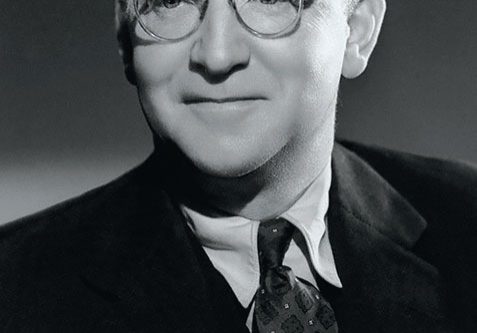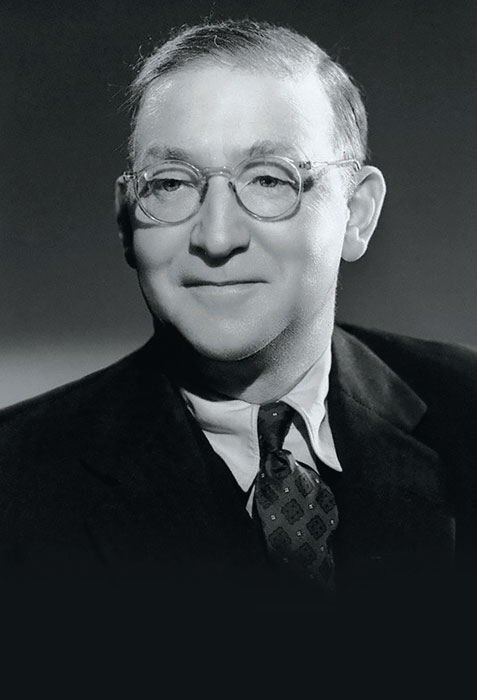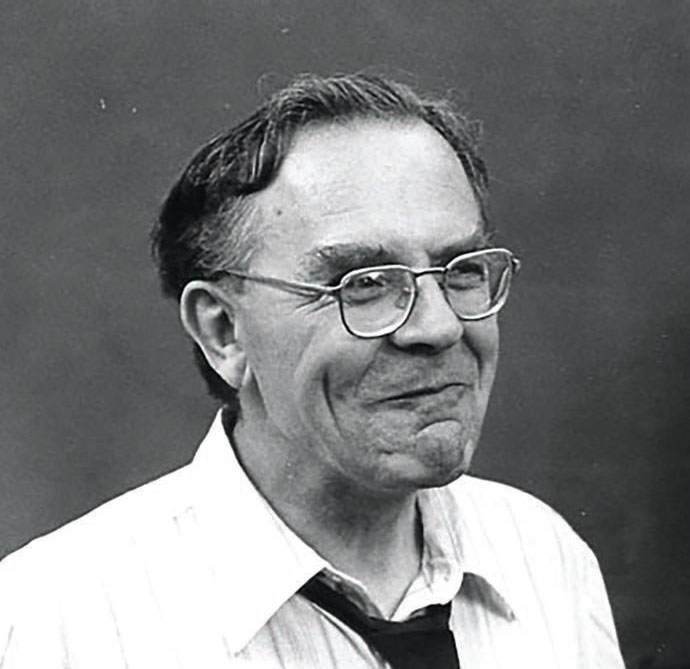
Nobel Northeners
by Eddy Rawlinson
John Douglas Cockcroft and Geoffrey Wilkinson were brought up in a different lifestyle.
Alfred Nobel made a fortune out of explosives and was to leave much of his wealth for the establishment of the Nobel Prize. In 1895 he had changed his will in favour of the prize after becoming concerned that his invention, dynamite, was being used for military purposes. Since 1901 the Nobel Prize has been honouring men and women from all parts of the world for their achievements in Medicine and Physiology, Literature, Peace, Chemistry and Physics.

There will be very few cities or towns throughout the world that can claim they had two scholars who went to the same school, were taught by the same maths teacher and both won a Nobel Prize. The town of Todmorden can boast that claim to fame. Listed with Nobel Prize winners such as Marie Curie and Albert Einstein are former Todmorden born boys, Sir John Cockcroft and Sir Geoffrey Wilkinson.They went to Todmorden Secondary School which later became Todmorden Grammar School.
John Douglas Cockcroft and Geoffrey Wilkinson were brought up in a different lifestyle. Cockcroft was the son of a cotton manufacturer while Wilkinson wrote of his father being a house painter and his mother working as a weaver. His grandfather, one of 12 children arrived in Todmorden from Boroughbridge, Yorkshire, and Wilkinson’s relations worked in local cotton mills.
Cockcroft lived in a Victorian Villa in Walsden. Wilkinson described the place where he was born as having been demolished by the local council and being unfit for habitation. Later the family moved to a large Victorian house near the centre of Todmorden.
Sir Geoffrey Wilkinson took an interest in chemistry at an early age through his uncle marrying into a family who owned a small chemical factory and he wrote of ‘playing around’ in their small laboratory. In 1939 he obtained a Royal Scholarship for study at the Imperial College of Science where two years later he came top of the class, moving on to nuclear energy research in Canada. He went on to Harvard in the United States and returned to England in 1955.
“Cockcroft is described as the man who saved Britain from what could have been a nuclear catastrophe”
He was described by a friend as being, “at the lower end of medium height, medium build, with a Yorkshire accent modified by time, but with strong echoes of Freddie Truman. He had a boyish grin, which was a mirror of his Puckish humour and was proud to be a Yorkshire man, through and through.
In 1973 through his distinguished career in chemistry Geoffrey Wilkinson was awarded the joint Nobel prize along with Professor Ernst Otto Fischer for what was described as ‘Chemistry for Chemists’. Three years later he was knighted and Sir Geoffrey died in 1996.

Sir John Douglas Cockcroft is described as the man who saved Britain from what could have been a nuclear catastrophe. At the time he was at the forefront of Britain’s need to produce an atomic bomb. Sir John was one of the three leading scientists involved with the building of the atomic energy plant at Windscale in Cumbria. He already had a distinguished career as a physicist and was known as the man who was first to split the atom.
After Todmorden Secondary School John Cockroft attended Manchester University served in the First World War and went to St John’s College, Cambridge, where he took honours in mathematics. During the second World War he became involved with the United States of America and Canada in the development of nuclear power. He was also head of Britain’s Air Defence and Research Development Establishment responsible for RADAR and after the war became a director of Atomic Energy Research Establishment at Harwell. Harwell was the centre for Britain’s development of the atomic bomb.
John Cockroft was knighted in 1948. In 1951 Sir John with Irishman Ernest Walton was awarded the Nobel prize for what was described as “work in the use of accelerated particles to study atomic nucleus” While working on the Windscale development Cockcroft insisted the two chimneys at Windscale were fitted with filters to stop any serious leaks of radiation. Originally the chimneys were designed without filters and they became known as Cockroft’s Folly. That was until October 1957 when Windscale’s reactor overheated and I will be forever thankful to Sir John for putting those filters



